
In 1672, Giovani Cassini spotted a small object close to Venus. He initially paid it no mind, but when he saw it again in 1686 he proclaimed it a new Venusian moon. Named Neith, after the Egyptian goddess of the cosmos, fate, and wisdom, the celestial body was seen intermittently throughout the following century. However, it disappeared in 1770 and has never been seen since.
Somewhere Under Neith
This story of Neith, steeped in the mysteries of the cosmos, serves as a parallel for the loss, longing, and the ceaseless pursuit of understanding that we experience in our lives.
Just as Neith appeared to early astronomers only to vanish from both sight and record, so does our grasp on certainty and truth shift with time. This story asks us to contemplate our responses to the unanswerable questions of existence: How do we reckon with the vast unknowns of the universe? What does it mean to seek answers to questions that may be unanswerable?
“How do we reckon with the vast unknowns of the universe? What does it mean to seek answers to questions that may be unanswerable?”
Through each of their works, Alessandro Fiore, Jonathan Barbeau, Night Sea, and Sterling Crispin, probe the depths of absence—the void left by lost love, vanished dreams, and the silent spaces that define our inner and outer worlds.
They express the unspeakable and visualize the invisible, each piece acting as a meditation on the parts of our universe and lives that remain shrouded in mystery.
Alessandro Fiore
For this exhibition, Alessandro Fiore pivoted away from his bright, dynamic color fields to the enigmatic shadows cast by the cosmos's darker sides. Driven by the mystery of Neith, his latest collection, Shadows Too Deep to Find the Light, embarks on a journey into the depths of the unseen and the unknown. Here, Fiore explores the delicate dance between darkness and light, presence and absence, inviting a contemplative gaze into the void that defines us as much as the stars do.
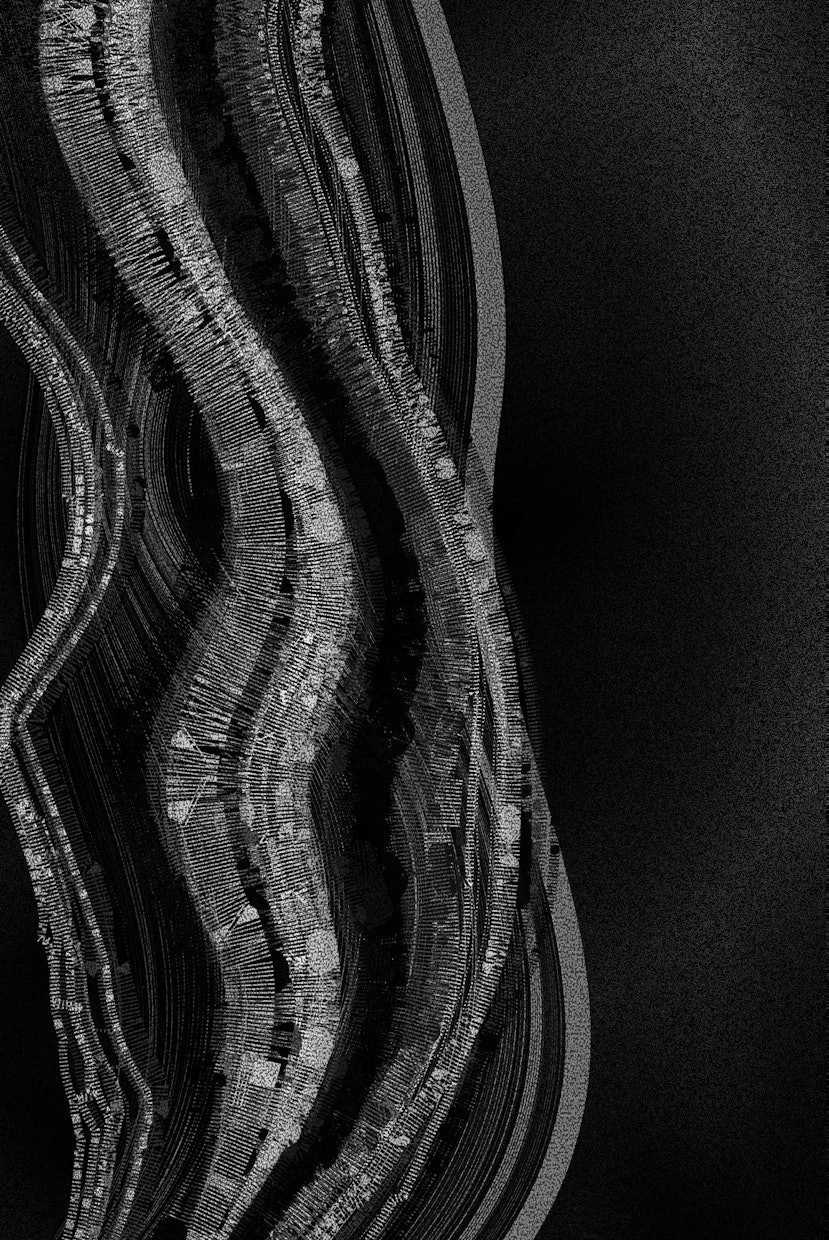
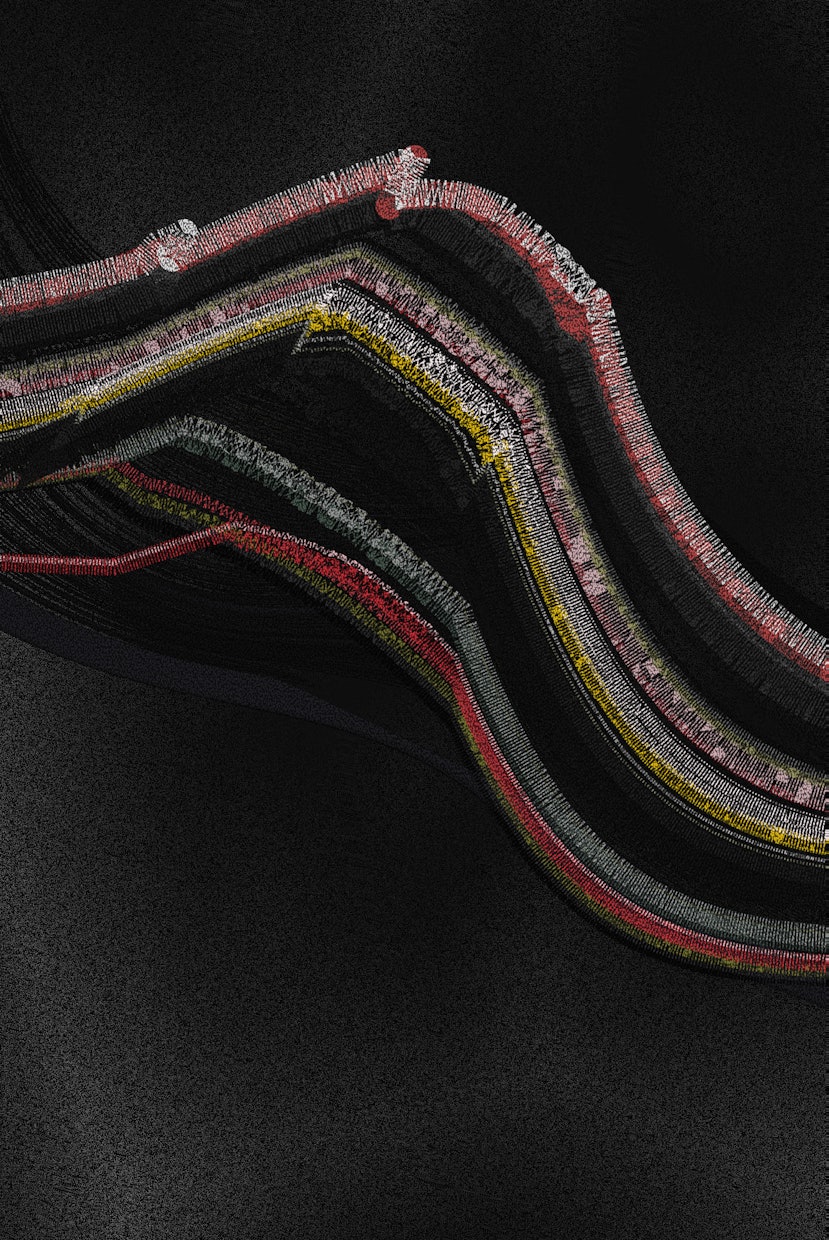
Jonathan Barbeau
In STARMAP, Jonathan Barbeau’s swirling star-like forms illuminate darkened backgrounds, creating compositions that are reminiscent of space photography. These galactic nightscapes are generated with code, and are a reflection of the artist’s fluency and experience with generative algorithmic art. An ode to the skies, the void and the unknown, STARMAP explores light, time and space, with diverse inspirations and interdimensional references.
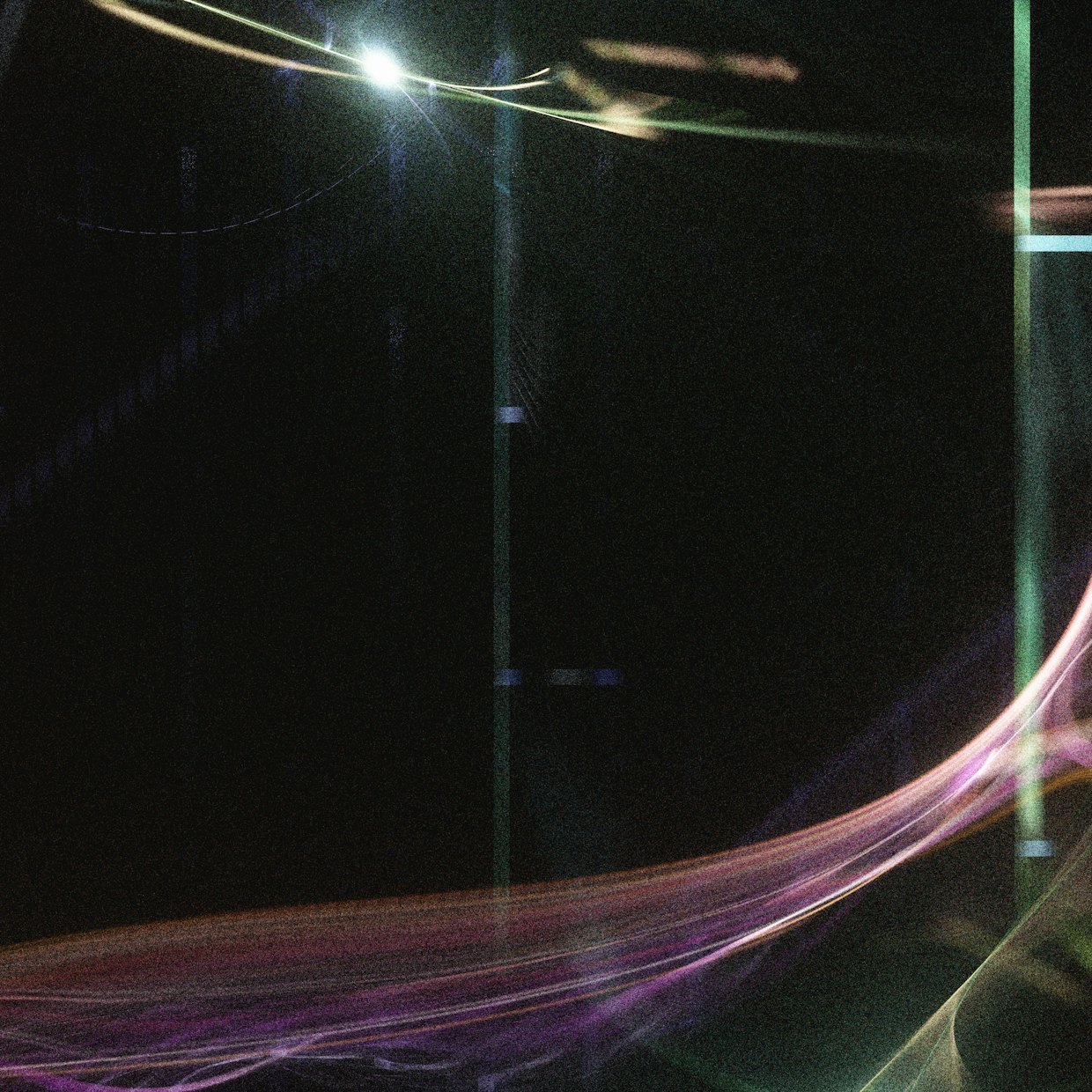
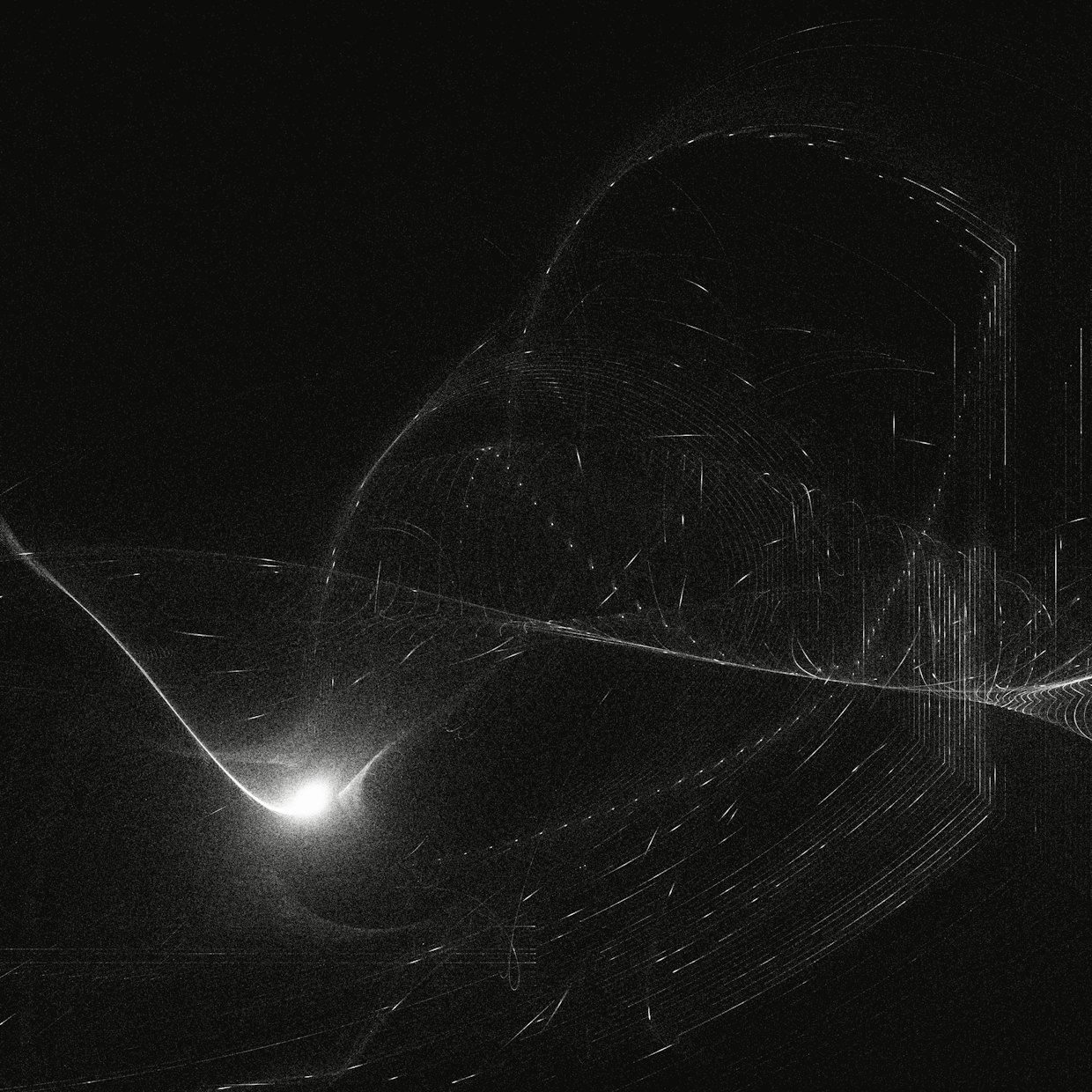
Night Sea
Night Sea's Microcosm invites you into a serene blend of sound and vision, where the depths of the cosmos mirror the essence of self. Crafted with a nod to the grandeur of the universe, it's a visual and auditory dialogue, enriched by the textured echoes of Kiefer and Soulages. Each piece is a gateway to the sublime, where ethereal soundscapes elevate the intricate visuals.
Sterling Crispin
In Like A Ship Without A Sail, Sterling Crispin distills three years of artistic exploration into a meditation on hope and despair. Drawing from Pastor T.L. Barrett's poignant song of the same title, Crispin crafts a narrative that bridges the personal with the universal, using AI and digital painting to delve into the human psyche.
Initially conceptualized as a circuit board design in the Codex series, it weaves together elements of philosophy, poetry, sacred writings, and lyrics of personal significance, fostering a richly interconnected aesthetic tapestry.
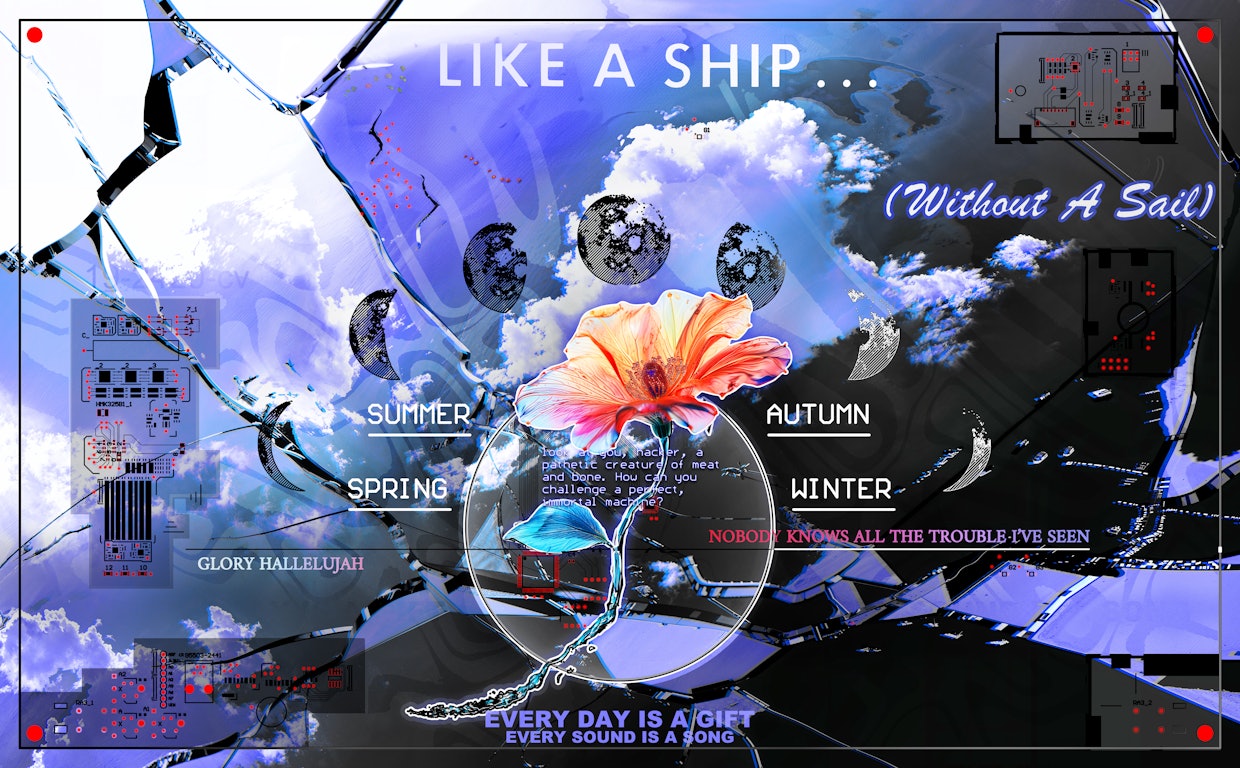
With new technology comes new stories.